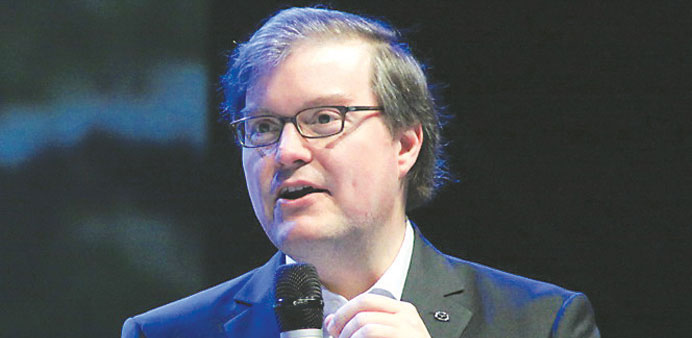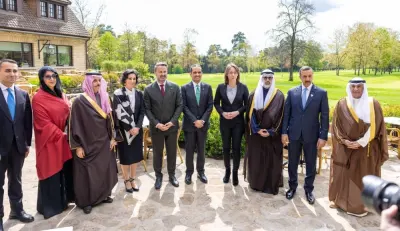Japanese auto makers are taking steps to win back business in the competitive European market, bringing out new cars with small fuel-efficient diesel engines and smart interiors.
Having seen their sales dwindle while South Korean rivals Hyundai and Kia flourished, Japan’s car makers have cut costs and invested the profits from a weaker yen to ensure strong European growth over the next few years.
Handicapped by earthquakes, tsunamis and floods that disrupted their supply chains around the world two years ago, companies including Mazda and Toyota initially focused on their solid positions in North America, not wanting to adapt their US-centric models.
European sales suffered as a result, but their fortunes here are starting to improve now that Japanese car makers are targeting Europe, the most demanding market in terms of fuel efficiency, design, handling and build quality.
“Business has turned around. If you talk to most of the auto companies, it’s doom and gloom but our story is the exact opposite,” said Jeff Guyton, head of Mazda in Europe, in an interview at Frankfurt’s auto show, which ends this week.
Vehicle sales for the brand rose 11% in the eight months through August amid a European market that shrank by 5%, and average revenue per car sold is on the rise.
“We had the best fiscal first quarter in at least 10 years,” Guyton said.
Mazda debuted at the Frankfurt show its Mazda3, a compact fuel-efficient car that competes with Volkswagen’s Golf.
Mazda has already enjoyed success with its popular CX-5 crossover, which help lift European turnover since it launched last April.
Japanese car makers have long profited from their reputation for reliability, but were upstaged when Hyundai and Kia brought out a range of stylish, affordable cars tailored to European tastes with extra-long warranties of five or even seven years.
This helped the two South Koreans claw European sales away from rivals such as Toyota.
“They fundamentally missed the point about European design and interior quality,” said Mark Hall, who left the Japanese car maker after 20 years to run Hyundai’s European marketing operations in 2010.
While the market share of Kia and Hyundai jumped to 6.1% last year in Europe from 3% in 2008, Japan’s seven traditional brands slipped to 11.8 from 13.7%. It would have been worse had it not been for Nissan’s Qashqai, a compact SUV.
The two sibling brands, whose models are both sculpted by a former chief designer for Audi, successfully shed their reputation for ugly cars and unreliable engineering with offerings like the Hyundai i30 hatchback and the Kia Sportage SUV, manufactured in two state-of-the-art European production plants that cost €2.6bn ($3.5bn) to build.
In August, Hyundai even eclipsed Nissan, the most European of the Japanese brands, to become the second best-selling Asian badge in Europe in the year to date after Toyota.
Japan’s car makers are now fighting back, however, improving handling and rolling out more wagons, a bodystyle that is popular among company car owners in many parts of Europe.
Toyota is currently launching its Auris Touring Sports estate, while Honda will bring early next year the Civic Tourer, a model developed for the first time by a European and equipped with rear adaptive suspension to meet local demands for a sportier ride.
The Japanese car makers have funded these changes by slimming down their operations. Toyota, for example, shifted all Auris production to its UK plant and moved some production of the Corolla sedan to Turkey from Japan and South Africa.
“At the same time that the weakness of the Japanese car makers was being exploited heavily by the rapidly growing Koreans, the Japanese were busy putting their entire cost base to the test,” said Ernst & Young’s senior automotive advisory partner Peter Fuss.
Toyota’s European automotive operations returned to the black for the first time in six years during fiscal 2012/13, selling 838,000 cars in the 12 months through March.
Five years previously it sold a third more cars, but losses ran in the hundreds of millions of euros, according to the Didier Leroy chief executive of Toyota Europe.
“Our cost structure was totally wrong,” he said.
Now his European operations are strong enough to withstand a shrinking market as well as headwinds from the pound sterling, Russian rouble and Turkish lira that more than offset the weaker yen and still be able to rake in “a lot more” than last year’s €246mn in profit, he said.
“It’s real sustainable growth, this isn’t doing crazy things to secure market share or volume,” said Leroy.



